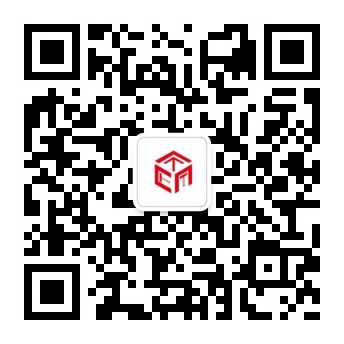EN 301 549 was originally released in 2014 with the aim of providing accessibility requirements for information and communication technology (ICT) products and services for public procurement within the European Union, ensuring that the needs of people with disabilities are met. Since then, the standard has undergone multiple updates:
V1.1.2 (April 2015): Established accessibility requirements for ICT products and services in European public procurement, based on WCAG 2.0.
V2.1.2 (August 2018): The latest requirements of WCAG 2.1 have been introduced and cited in the official EU gazette as a legally binding unified standard.
V3.1.1 (November 2019): An editorial update has been made and has not been cited in the official EU gazette.
V3.2.1 (March 2021): The current effective version integrates all requirements of WCAG 2.1 and adds revisions and extensions to the Real Time Text (RTT) feature, which has been cited in the official EU gazette as a legally recognized unified standard.
EN 301 549 is expected to release version 4.1.1 this year, which will support the European Accessibility Act (EAA), i.e. European Directive 2019/882, and may include changes such as incorporating requirements from WCAG 2.2, further updating requirements for real-time text (RTT) functionality, and providing more detailed guidance to help organizations meet EAA requirements.
Scope of application:
Taking EN 301 549 (V3.2.1) as an example, this standard applies to web pages, non web content, software, hardware, and ICT systems that provide two-way voice communication and video functionality, covering all aspects from design to document support. These requirements aim to ensure that ICT products and services can meet the needs of users with different abilities, including visual, auditory, operational, and cognitive impairments.
For example, hardware devices such as projectors and televisions with intelligent functions, as well as software products such as mobile phones (with both hardware and software functions) and apps, all need to comply with this standard to achieve accessible design and use.
Specific requirements:
EN 301 549 (V3.2.1) clauses are divided into two categories: "shall" and "should".
Among them, the "Shall" clause is mandatory and must be met to comply with the standards. These types of clauses typically involve core accessibility features and requirements, ensuring that ICT products and services can meet the basic needs of users with different abilities. For example:
General requirements: For closed functions involving ICT products, it is required to support accessibility features such as non visual access, voice output, volume control, privacy protection, etc.
Voice and video communication: ICT devices are required by standards to support high-quality voice and video functions, ensuring synchronous transmission of voice and text, precise synchronization of audio and video, and providing alternative solutions for voice and video services, such as real-time subtitles and audio descriptions, to meet the needs of users with different disabilities.
Subtitles and audio descriptions: As the standard emphasizes the importance of subtitles and audio descriptions, ICT devices are required to support custom display of subtitles and synchronized playback of audio descriptions to help visually impaired users better understand and use the content.
Hardware accessibility: If the hardware design needs to consider accessibility requirements, including providing standard connection interfaces, supporting voice output and magnetic coupling functions, optimizing the accessibility and operating space of fixed devices to accommodate wheelchair users and other users with limited mobility.
Software accessibility: The software should have non visual access capabilities, keyboard accessibility, and compatibility with assistive technologies.
Documentation and support services: Product documentation and support services should be provided in an accessible manner to ensure that users can access information about accessible features and receive effective assistance during use.
The 'Should' clause is informative, providing best practice recommendations, but not mandatory. These terms aim to further enhance accessibility, but not meeting these terms does not mean not meeting the standards. For example:
General requirement: It is recommended to prioritize the activation of accessibility features when designing ICT products and services, ensuring that users can easily activate these features. Meanwhile, it is recommended to preserve accessible information as much as possible during the information conversion process to support the usage needs of different users.
Voice communication: It is recommended to support high audio bandwidth as much as possible when providing voice communication functions to improve the quality of voice calls. In addition, it is recommended to provide high resolution and high frame rate in video communication to support users who use sign language and lip reading.
Software and User Interface: It is recommended to provide sufficient contrast, adjustable font size, and text spacing in user interface design to support users with limited vision.
Document and Content: It is recommended to provide clear structure and semantic tags in the document to assist technology in correctly parsing.
联系电话
微信扫一扫
